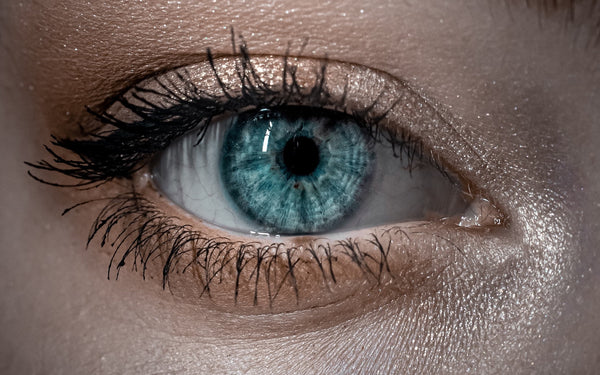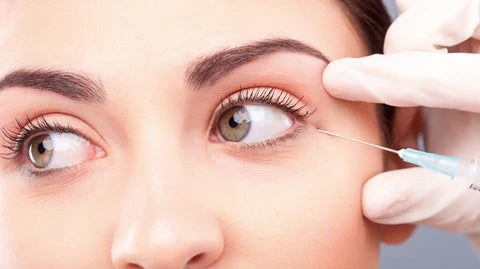Everything you need to know about liposuction
Everything you need to know about liposuction
Coralie Techer
We often hear about liposuction, but don't necessarily understand exactly what it means. Why have it and how? We tell you all about it.
To perfect a figure, get rid of saddlebags or batwing arms... it's sometimes necessary to surgically remove excess fat! That's what liposuction is all about. While it may be appealing in principle, liposuction is first and foremost an act of cosmetic surgery that should not be taken lightly. Before taking the plunge, you need to be aware of all the ins and outs of this operation by consulting a surgeon, but above all you need to be certain of your decision.
Understanding liposuction
Liposuction (lipo = fat, suction = to remove) is a surgical technique that involves sucking out excess fat from specific areas of the body to rapidly reshape the figure. Also known as liposculpture (more recently) or lipoaspiration, it is performed using a cannula slipped under the skin to suck out excess fat without leaving a single scar! First performed in France in the 1980s by French surgeon Yves Gérard Illouz, today the procedure is still performed by a medical professional and requires outpatient hospitalization with local or general anesthesia and social eviction.

Why have liposuction?
On peut avoir recours à la liposuccion lorsqu'on souhaite une silhouette harmonieuse. La liposuccion permet d'ôter le surplus de graisse des cuisses, du ventre, des bras, du cou ou encore des bourrelets du dos... Attention, il est important de comprendre que cette technique chirurgicale ne va pas à proprement parler aider à faire perdre du poids ! On peut imaginer la liposuccion comme une gomme, qui va venir effacer le surplus de graisse localisée qui gâche l'harmonie d'une silhouette afin de lui donner un aspect plus galbé. La liposuccion a aussi le mérite de booster le moral, puisque retrouver une belle silhouette participe grandement à l'estime de soi !
What areas of the body are suitable for liposuction?
Liposuction can be performed on all areas where there is excess fat, such as: neck, chest, calves, stomach, thighs, lower abdomen, arms, thighs, knees, buttocks, saddlebags, hips, unsightly rolls... Obviously, the best thing to do is to discuss with the surgeon which area should be treated first, although several areas can be treated at the same time.
How is liposuction performed?
First and foremost, you need to find the surgeon who will perform the liposuction. To do this, don't hesitate to visit several surgeries, ask for several quotes and choose the practitioner whose method best resonates with you. Once you've chosen a surgeon and an office, you'll need to go through a consultation session to establish your needs: which area should be treated? What results are expected? Are there any side effects to expect? But also to check with the patient his or her physical condition (allergies, medical history, etc.) before planning the operation. Following this consultation, if the surgeon considers that the operation can be performed without any problems, a session is scheduled. Following this, a consultation with an anaesthetist is essential to define the type of anaesthetic to be used during the procedure. Liposuction is an operation that requires either local or general anesthesia, depending on the individual's needs.
When the day arrives, the patient is entitled to a room in the hospital where the operation will be performed. In this room, he or she will be invited to get ready before the procedure begins. Nurses may give the patient sedatives to calm any anxiety he or she may be feeling before the procedure.
- Combien coûte la liposuccion ? Tout dépend de la zone qui sera opérée. En moyenne il faut compter entre 700€ et 3000€ (pour la liposuccion des hanches par exemple) sans compter la première consultation avec le chirurgien (50 et 150€), s'ajoute à cela le prix de la consultation avec l'anesthésiste et les soins prescrit post-opératoire... Prévoyez donc une enveloppe large !
How long does the procedure last?
Liposuction on a single area takes an average of 30 minutes. If the surgical procedure involves several areas of excess fat, the operation can take up to 2 hours or even slightly longer.

What to do after surgery
Après l'intervention de chirurgie, que vous ayez choisi d'opérer une ou plusieurs zones il va falloir respecter certains points pour que le résultat soit le plus optimal possible. Quelques heures après l'opération, il faut commencer par porter un panty de contention (acheté au préalable à sa taille habituelle), il va servir de maintien aux zones liposucées. Ce "collant de contention" va aider à comprimer les zones traitées et résorber les hématomes laissés après le passage de la canule. Il doit être porté jour et nuit pendant environ 4 semaines.
Liposuction is an operation that involves social eviction. It is impossible to leave the operating room and return to normal life two hours later. For at least a week, the body must be at rest, with no professional or physical activity! Sudden movements and heavy exertion should be avoided, as they may intensify the pain caused by the operation. For the first few days, the pain can be the equivalent of major aches and pains. This is hardly surprising, since the body undergoes a shock between the insertion of the cannula and the removal of the fat, so painkillers may be prescribed. It should be noted that physical traces of the operation (ecchymosis, bruising) may last two to three weeks.
A follow-up consultation with the plastic surgeon takes place at the end of the first week following the operation. This consultation will enable the surgeon to examine the work and remove the sutures. In some cases, a tummy tuck may be performed to tighten loose skin (particularly around the sella) if the amount of fat removed was very large.
What about the result?

Liposuction is effective, but not miraculous. The final results are not visible immediately after the operation! You'll need to wait at least a month before seeing the first changes in your silhouette, and up to a year before seeing the hoped-for final result. To optimize these results and ensure that you don't ruin the surgeon's work (and your money), during the year following the operation you must maintain a balanced diet by following a specific diet plan.
You need to reduce or even stop smoking, start or resume regular physical activity and treat yourself to regular massages such as lymphatic drainage... If liposuction was performed on the upper part of the body (neck, nape...) and you wish to harmonize the result by maintaining the skin on the face, think of moisturizing anti-dark circle serums that lift the look! To take your beauty routine a step further, you can also extend it with eyelash serums that lengthen and strengthen lashes for a doe-eyed look...
If you adopt this course of action for good, the results should be promising in the long term!
Are there any contraindications to liposuction?
As with any surgical procedure, liposuction also has its share of side effects and contraindications. Although liposuction is rarely unavailable, it is not recommended for people suffering from serious illnesses such as cancer, HIV or severe mental disorders.























